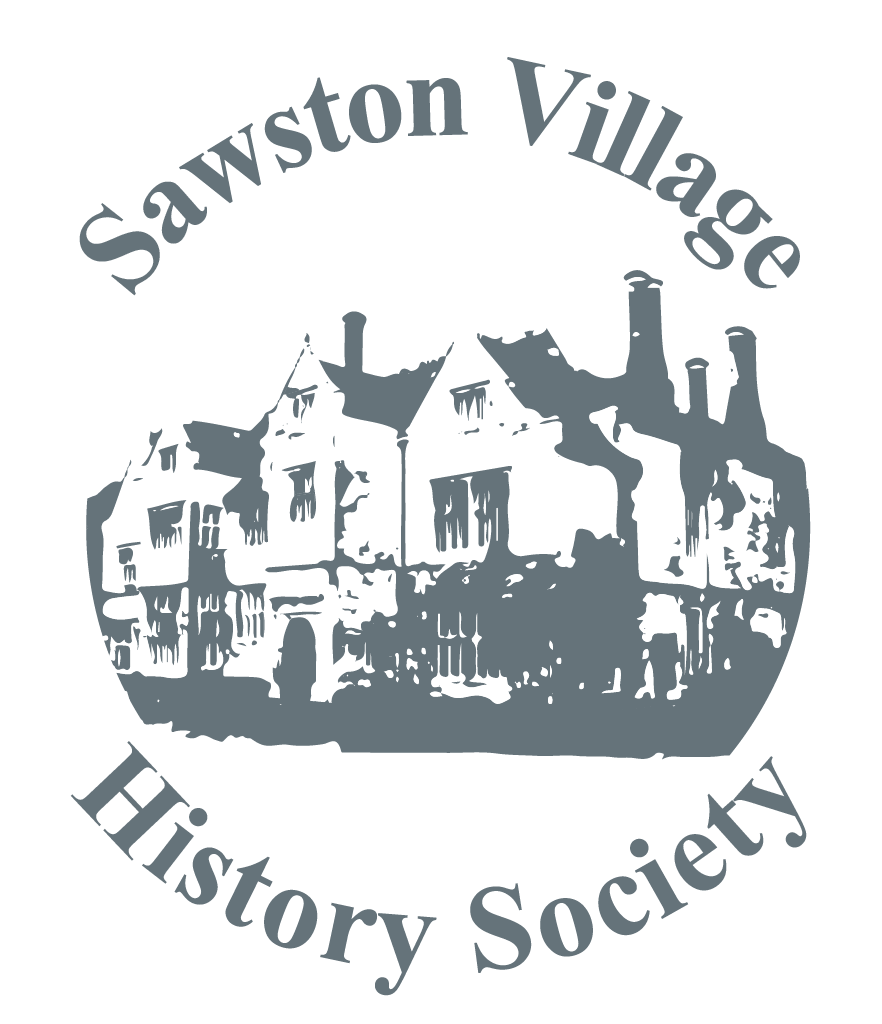
The church of St Martin's in the Fields significantly pre-dates Trafalgar Square. There is no official reference to a church on the site of St Martinís until Norman times, when it appears to have been used by the monks of Westminster. In around 1542, Henry VIII, as ruthless with the monks as with his wives, built a new church and extended the parish boundaries to keep plague victims from being carried through his palace. It was enlarged in 1607 and demolished in 1721 to make way for the present building which was erected in 1726 to a design by James Gibbs. The design was widely copied in America and throughout the world.
Saint Martin, after a career in the Roman army, entered the Christian Church and became Bishop of Tours. He is remembered for an instinctive act of generosity, sharing his cloak with a beggar by cutting it in half. The example of St Martin was followed by Dick Sheppard, Vicar of St Martinís during World War I, who gave refuge to soldiers on their way to France. He saw St Martinís as Ďthe church of the ever open doorí. The doors have remained open ever since.
The first broadcast of a church service took place here in 1924 and was so successful that it led to the practice becoming widespread. There are many interesting features to be seen in the church, including pictures of George I, who was the first churchwarden, Henry Croft, the first pearly king, and Dick Sheppard who was vicar 1914-27. There is a Far East Memorial to victims of the Burma Railway, and an oval font where Cardinal Newman was christened. John Constable was married here. Lamp posts outside the crypt entrance show St. Martin and the beggar.
When the former royal stables to the west of St Martin's were demolished to make way for the National Gallery it greatly improved the view of the church and the roof line was required to be kept low in line with the church. The architect was William Wilkins, who also designed Downing College in Cambridge.
The original name of Trafalgar Square was to have been "King William the Fourth's Square", but George Ledwell Taylor suggested the name "Trafalgar Square". In the 1820s George IV engaged the architect John Nash to redevelop the area. Nash cleared the square as part of his Charing Cross Improvement Scheme. The loss of Charing Cross gave rise to a contemporary song:
Undone, undone the lawyers cry And wander up and down, We know not the way to Westminster Now Charing Cross is down.
Nelson died in the battle of Trafalgar in 1805, and in November of that year the Lorn Furnace Memorial near Oban was erected. The Lorn Furnace made the cannon balls used by Nelson at Trafalgar. In 1818 parliament got in on the act and talked about a memorial, but it took a letter to The Times in 1836 to get the ball rolling, and a competition was held in 1837, with the final choice down to Lord Wellington. A public appeal was held to raise funds, with the Russian Czar being the largest contributor. Work began in 1840 and the column was finished in 1843. The present architecture of the square is due to Sir Charles Barry and was completed in 1845. However, the last of the bronze reliefs on the pedestal of the column was not installed until May 1854, and the four lions, although part of the original design, were only added in 1867.